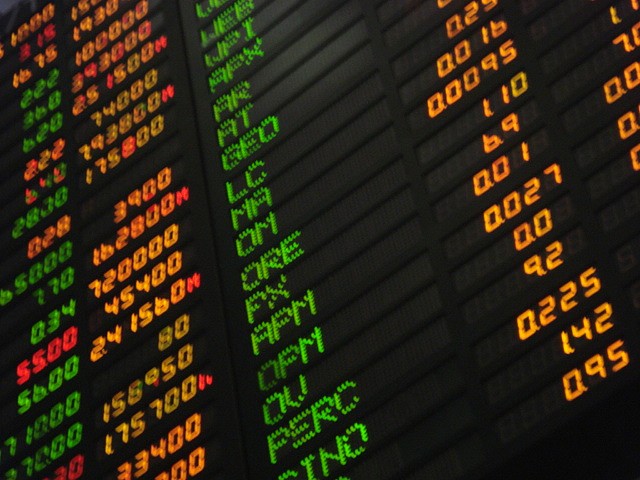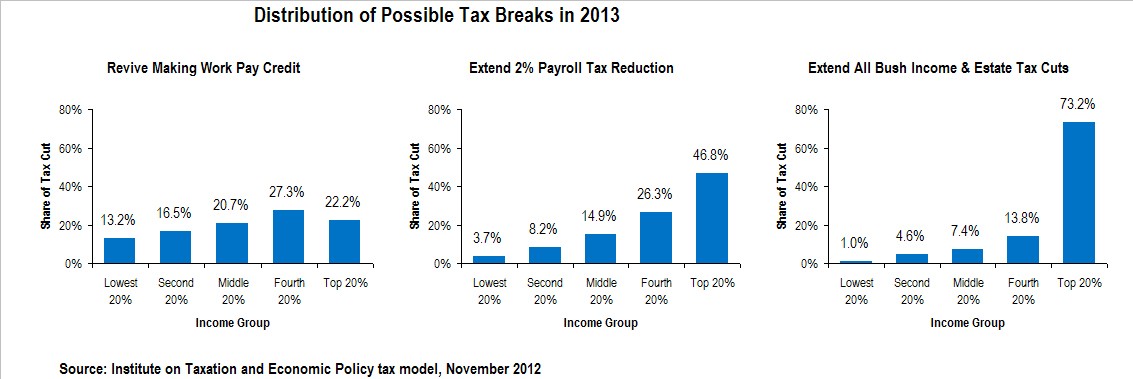Securities Definition Effect 3 Types
Post on: 4 Июнь, 2015 No Comment

Understand the 3 Types of Securities
Definition: Securities are a form of ownership that can be easily traded on a secondary market. Securities allow you to own the underlying asset without taking possession. For this reason, securities are very easily traded, or very liquid. They are easy to price, and so are a great indication of the underlying value of the asset. Traders must be licensed to buy and sell securities to assure they are trained to follow the laws set by the Securities and Exchange Commission (SEC). The invention of securities helped the create the huge success of the financial markets .
There Are Three Types of Securities
1. Equity Securities — These allow you to own shares of a corporation. The most direct way is to buy stocks of a company yourself. You can also profit by buying shares of a mutual fund. which invests in the stocks for you. The secondary market for equity derivatives is the stock market. such as the New York Stock Exchange and the NASDAQ .
You can also buy stocks of a new company before it hits the stock exchange. The shares of this Initial Public Offering ( IPO ) are bought from investment banks, like Goldman Sachs or Morgan Stanley. However, you usually have to have a lot of money, because these shares are sold in bulk quantities. Once they hit the stock market, their price usually goes up. However, you can’t cash in for a certain period of time. By then, the stock price might have gone down below the initial price.
2. Debt Securities — These allow you to provide loans, called bonds. to a company or even a country. Ratings companies, like Standard & Poor’s. Moody’s and Fitch’s evaluate how likely it is the bond will be repaid. To insure a successful bond sale, borrowers must pay higher interest rates if their rating is below AAA. If the ratings are very low, they are known as junk bonds. Despite their risk, investors buy junk bonds because they offer a higher interest rate.
Corporate bonds are loans to a company. If the bonds are to a country, they are known as sovereign debt. Bonds issued by the U.S. government are Treasury bonds. Because these are the safest bonds, Treasury yields set a benchmark for all other interest rates. In April 2011, when Standard & Poor’s cut its outlook on the U.S. debt. the Dow dropped 200 points. That’s how significant Treasury bond rates are to the U.S. economy.
3. Derivative Securities — Traders are always trying to find ways to get a higher return with less risk. Therefore, innovative derivatives of basic stocks and bonds are often developed. Stock options allow you to trade in stocks without actually buying them upfront. For a small fee, you can buy a call option to purchase the stock at a certain date at a certain price. If the stock price goes up, you exercise your option and purchase the stock at your lower negotiated price, then immediately resell it for the higher actual price.
A put option gives you the right to sell the stock at an agreed upon price. If the stock price is actually lower that day, you buy it and make a profit by selling it at the agreed upon, higher price.
Futures contracts are derivatives based on commodities. such as oil, pork bellies, or even currencies. Like options, you pay a small fee (called a margin) to get the right to buy or sell the commodities for an agreed-upon price in the future. However, futures are more dangerous because, rather than buying options that you can choose to ignore, you are entering into an actual contract that you must fulfill.
Asset-backed securities are derivatives whose values are based on the returns from bundles of underlying assets, usually bonds. The most familiar are mortgage-backed securities. which helped create the subprime mortgage crisis. Others include asset-backed commercial paper. which are corporate loan bundles backed by assets such as commercial real estate or autos. Collateralized debt obligations (CDOs) take these securities and divide them into tranches. or slices, with similar risk.

Auction-rate securities were derivatives whose values were determined by weekly auctions of corporate bonds. Investors thought the returns were as safe as the underlying bonds. However, the securities’ returns were actually set according to weekly or monthly auctions run by broker-dealers. Since this was a more shallow market, the securities were actually more risky than the bonds themselves. In fact, this market froze in 2008, leaving many investors holding the bag, leading to SEC investigations .
How Securities Affect the Economy
Securities help the economy by making it easier for those with money to find those who need investment capital. By making trading easy and available to many investors, securities make markets more efficient. For example, the stock market makes it easy for investors to see which companies are doing well, and which ones are not. Money can swiftly go to those companies that are growing, thus rewarding performance and providing an incentive for further growth.
On the flip side, securities also create wider, more destructive swings in the business cycle. Since securities are so easy to buy, individual investors can purchase them impulsively, without being fully informed or diversified. When stock prices fall, they can lose their entire life savings. This happened on Black Thursday. which led to the Great Depression of 1929 .
Derivatives can make this volatility even worse. Originally, investors thought derivatives made the financial markets less risky, because they allowed them to hedge their investments. If they bought stocks, they just purchased options to protect them if the stocks’ prices fell. CDOs allowed banks to make more loans, because they received money from investors who bought the CDO and took on the risk. Unfortunately, all these new products created too much liquidity. This ultimately created an asset bubble in housing, credit card and auto debt, creating too much demand and a false sense of security and prosperity. CDOs allowed banks to loosen their lending standards, further encouraging default.
What made things even worse was that these derivatives were so complex that investors bought them without really understanding them. When the loans defaulted, panic ensued when banks realized they couldn’t figure out what the derivatives’ prices should be. This made them impossible to resell on the secondary market. Overnight, the market for them disappeared. Banks refused to lend to each other because they were afraid of receiving potentially worthless CDOs in return. As a result, the Federal Reserve had to step up and buy the CDOs to keep global financial markets from collapsing. For more, see The Global Financial Crisis of 2008. Article updated February 10, 2015.














